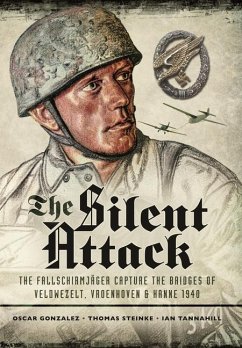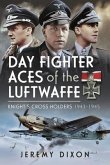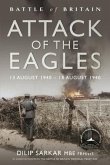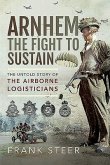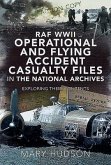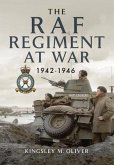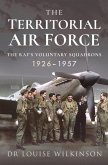"Much has been written about the capture of Fort Eben Emael Belgium by German paratroopers on May 10, 1940. This operation marked the first use of gliders and shaped charges, whilst also proving that it was possible to drop paratroopers behind enemy lines. The combination of training, secrecy, accuracy and speed, in addition to the element of surprise, eansured that these men became lethal, causing chaos among Belgian soldiers. However, it should be stressed that these paratroopers were part of a larger group: The Sturmabteilung Koch (Koch Assault Group), the elite of the Luftwaffe in 1940, whose mission was not only to take Eben Emael, but also the three bridges over the nearby Alberto Canal: Veldwezelt, Vroenhoven and Kanne. The success of the attack on Belgium and France would depend on the rapid conquest of those bridges. The aim of this book is to show how the assault on the Albert Canal bridges was planned and carried out. The information is supported through text documents, records and evidence, as well as many photos never published until now. Every detail, from the creation of the Koch Assault Group, to the final attack, has been closely scrutinized by reference to the best sources, as well as testimonies of Belgian and German soldiers"--Publisher description.
Hinweis: Dieser Artikel kann nur an eine deutsche Lieferadresse ausgeliefert werden.
Hinweis: Dieser Artikel kann nur an eine deutsche Lieferadresse ausgeliefert werden.

